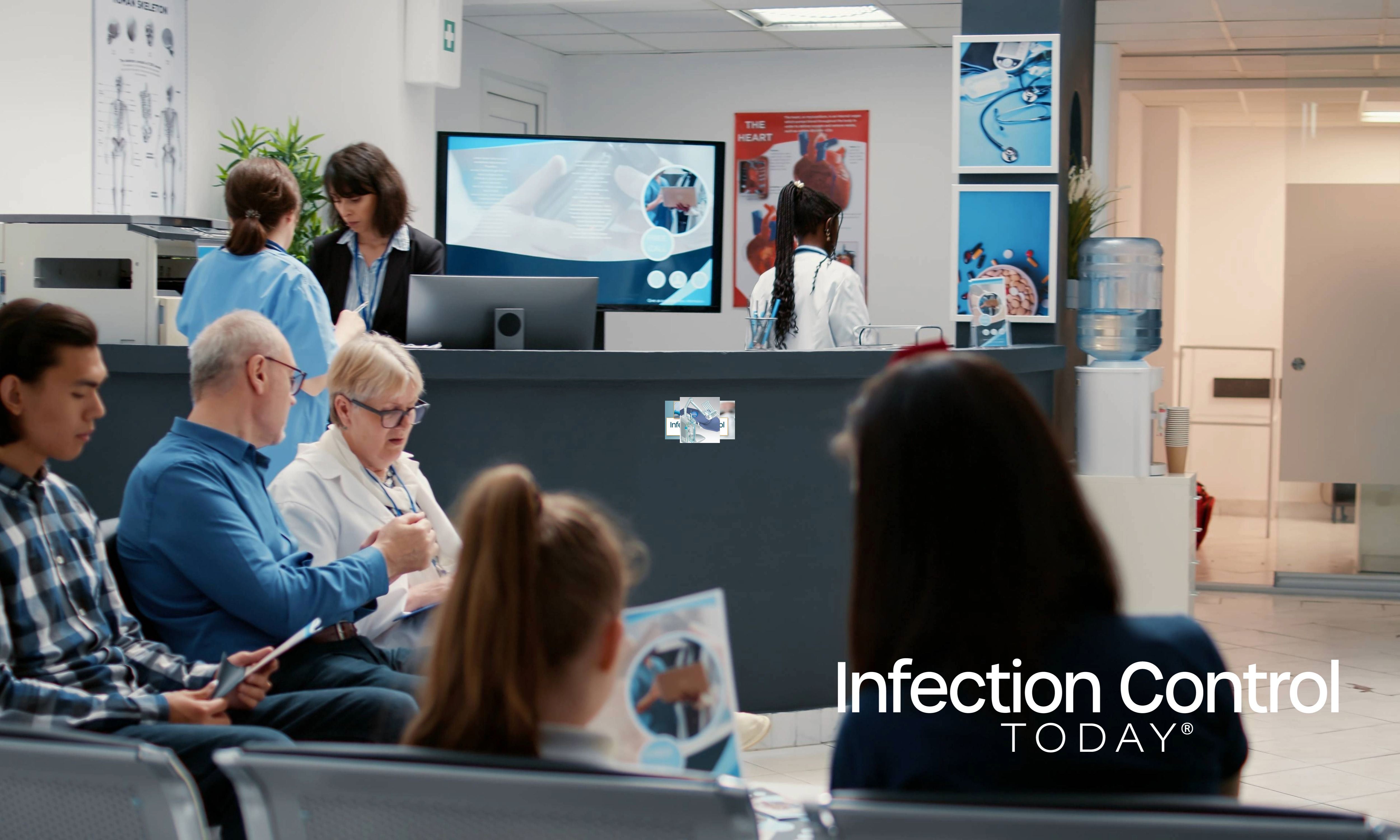
HAIs
Latest News

Latest Videos
More News

New IDWeek 2025 data show who C difficile kills most: White patients, women, and people in major metros—with most deaths tied to health care exposure—underscoring how basics and smarter antibiotics remain our best levers to cut mortality.

Candida auris is the pathogen that won’t take a hint—clinging to surfaces, nesting in biofilms, and outlasting rushed wipe-downs. Yet the chemistries potent enough to kill it can be punishing to people, devices, and environments. This piece tackles the tightrope: how to choose, use, and verify C auris effective disinfection without trading one risk for another.
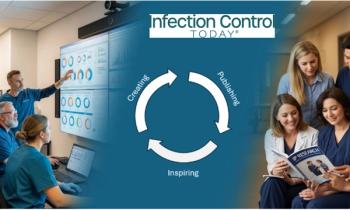
Join the APIC Research Network (free for APIC members), pick your level, and commit to one survey or collaborative project this year—research for IPs, by IPs. Your idea could shape tomorrow’s practice.

Open Vaccine Track, find your metro, and pick one move this quarter—close an access gap, copy a local success, or launch targeted outreach. Small, data-driven steps in the right ZIP codes can shift adult vaccination faster than statewide averages ever will.
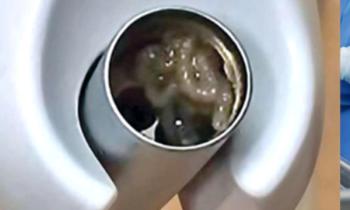
Hey Clean Biters! What’s flowing through your lines? Make DUWL safety automatic: appoint a Safety Officer, write a one-page SOP, treat daily, shock monthly, test quarterly, and document <500 CFU/mL. Grab the log—clean water, every patient, every time.

As ambulatory surgery centers (ASCs) expand into new specialties, sterile processing challenges can slow growth or halt operations entirely. Lifeline Surgical Partners—formerly Lifeline Vascular Care—found a scalable, cost-effective solution through offsite reprocessing, allowing their centers to maintain high-quality care while freeing clinical teams to focus on patients.

Candida auris continues to challenge infection preventionists with its persistence, resistance, and potential for outbreaks. New evidence shows that early, expanded screening—beginning in the emergency department—may be the key to stopping transmission before it starts.

Recent advances in diagnostic techniques offer a rapid and accurate method for identifying nontuberculous mycobacteria species, potentially accelerating the diagnosis and treatment of infections.

This is the second of a 2-part conversation with CDC epidemiologist Danielle Rankin, PhD, MPH, CIC. In this installment, she dives into practical infection prevention strategies, surveillance challenges, and the urgent need for mechanism-specific testing as NDM-CRE surges in US health care settings.

This is the first of a 2-part conversation with CDC epidemiologist Danielle Rankin, PhD, MPH, CIC. In this installment, she unpacks her study about the urgent rise of NDM-CRE and what infection preventionists need to know now.
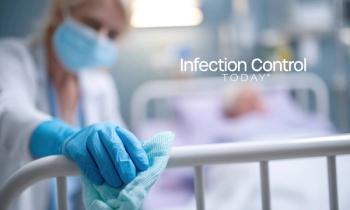
What if there were a new index to reduce exposure risks on high-touch facility surfaces? Read on to learn about one.
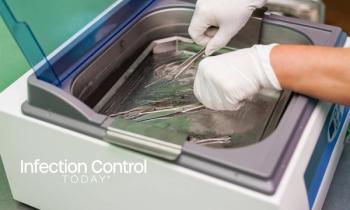
When traditional cleaning can’t reach hidden biofilm, ultrasonic cleaning steps in—delivering precision, safety, and efficiency across modern medical and dental care.

Measuring cleaning is not the same as proving disinfection. Infection preventionists must use ATP and fluorescent markers wisely—supporting training, not replacing microbial validation.

Candida auris is a fast-spreading, multidrug-resistant fungus that demands vigilance. Infection preventionists must cut through myths with evidence-based action to protect patients and facilities.

Legionnaires’ disease remains a deadly but preventable threat in health care, especially in long-term care. Every facility needs a strong, team-driven water management plan because prevention starts at the tap. This article explains what is needed to write one.

Ensuring the sterility of medical devices is a cornerstone of patient safety. This whitepaper examines steam sterilization—the predominant method in healthcare—and the critical role of chemical indicators (CIs) in monitoring process efficacy. With a focus on ISO 11140-1 standards, it compares Type 4 and Type 5 indicators, outlining their strengths, limitations, and implications for reliable sterilization practices.

Check out the latest print edition of Infection Control Today: September/October 2025.
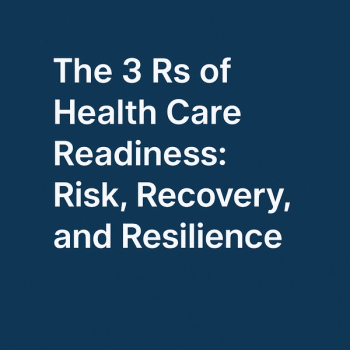
Hospital readiness is no longer just about staff and equipment—it’s about infrastructure. From flooding to infection risks, restoration now plays a vital role in protecting patients and ensuring uninterrupted care.

Here are the formal rules for the 2024 Winner of the Infection Control Today’s Educator of the Year Award™.
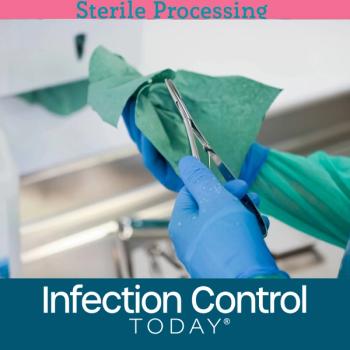
How can health care facilities and health providers implement point-of-use (POU) instrument care? Here’s a closer look at the entire process, the principles guiding its implementation, and the potential barriers to implementing point-of-use instrument care.

VIM-producing Pseudomonas aeruginosa isn’t just surviving in ICUs; it’s thriving. With mortality rates exceeding 30%, colonization risks hiding in drains, devices, and even donor milk, IPs must take proactive steps to outsmart this pathogen. Now is the time to double down on environmental controls, risk factor recognition, and surveillance strategies. Let’s break the biofilm cycle before the next outbreak takes root.
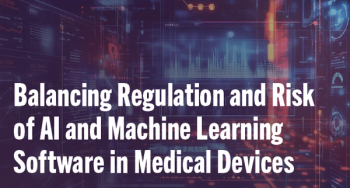
Artificial intelligence may be revolutionizing sepsis detection and diagnosis, but can we trust it without strong regulatory guardrails? As AI/ML-enabled medical devices rapidly evolve, IPs must stay informed and involved to ensure safety keeps pace with innovation. Let’s take a closer look at how to advocate for innovative safe implementation.
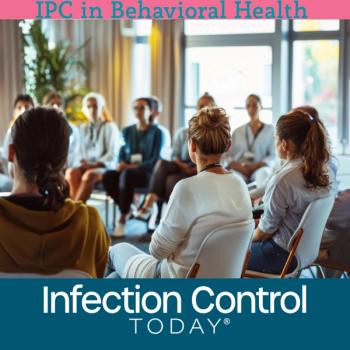
Infection prevention in behavioral health isn't one-size-fits-all. From PPE to hand hygiene, unique risks demand tailored solutions. Learn how to protect patients and staff safely and effectively.

Check out our first IPC Crossword Challenge.

Are your UV-C disinfection systems FDA-compliant? Infection preventionists play a crucial role in ensuring devices meet regulatory standards. A simple conversation with your legal or compliance team today could prevent costly missteps tomorrow and help safeguard patient safety.

